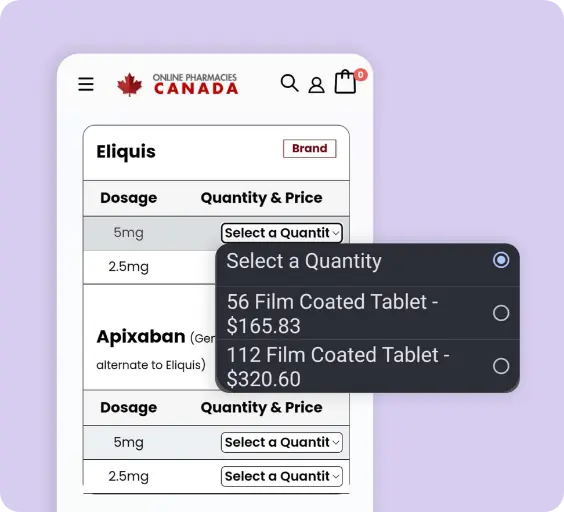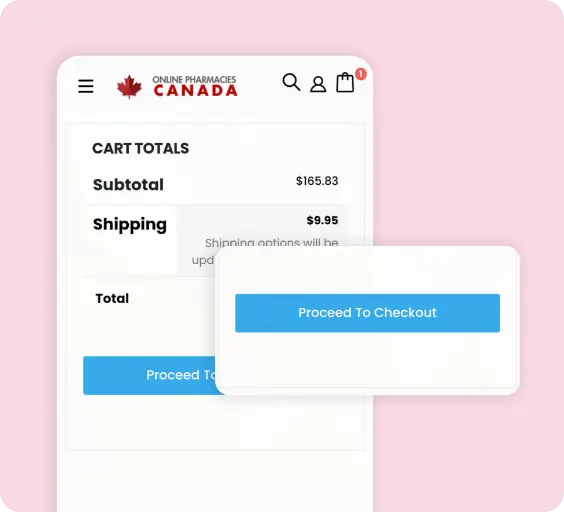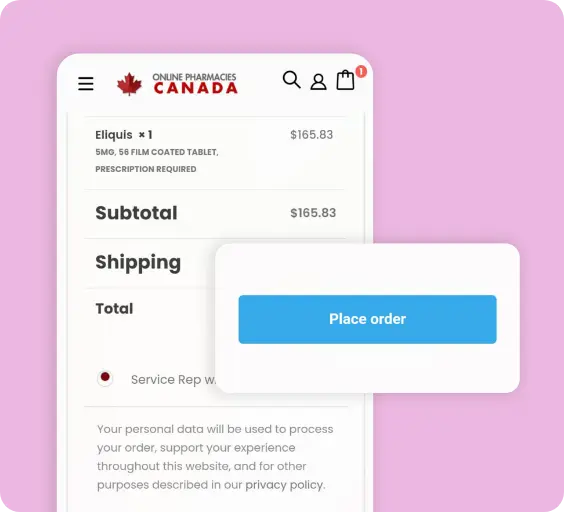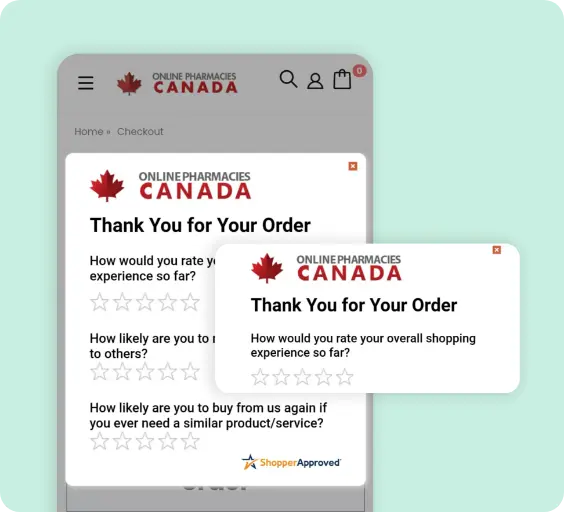Indications
Naprosyn (active ingredient: naproxen) is a prescription medication indicated for the following:
- Pain Management: Naprosyn is used for the relief of mild to moderate pain from various conditions, such as headaches, muscle aches, tendonitis, dental pain, and menstrual cramps.
- Inflammatory Disorders: It is indicated for the treatment of conditions involving inflammation, such as osteoarthritis, rheumatoid arthritis, juvenile arthritis, and ankylosing spondylitis.
- Acute Gout: Naprosyn is also indicated for the relief of signs and symptoms of acute gout.
Naprosyn belongs to a class of drugs known as nonsteroidal anti-inflammatory drugs (NSAIDs), which work by reducing hormones that cause inflammation and pain in the body.
Uses and Dosage
Take Naproxen tablets by mouth as prescribed by your doctor, usually 2-3 times per day, with a full glass of water (8 ounces or 240 milliliters). Swallow naproxen whole and do not break, crush, or chew the tablets. To avoid stomach upset, take the medication with food, milk, or an antacid. After taking Naproxen, do not lie down for at least 10 minutes.
The usage of Naprosyn may result in stomach or intestinal bleeding, which can be deadly, especially in older adults. To avoid this, take Naprosyn at the lowest effective dose for the shortest duration, as prescribed by your doctor. Do not to increase the dosage or take Naprosyn more frequently than directed by your doctor or the package label.
The recommended dosage of Naproxen depends on the medical condition being treated.
- Pain, menstrual cramps, tendonitis, and bursitis: The typical dose is to take 250 mg to 500 mg by mouth twice daily. The maximum daily dose is 1,500 mg for up to 6 months.
- Osteoarthritis, rheumatoid arthritis, and ankylosing spondylitis: The typical dose is to take 500 mg by mouth once, followed by 250 mg every 6 to 8 hours as needed. The maximum daily dose is 1,250 mg.
- Gout: The typical dose is to take 750 mg by mouth at the start of a gout attack, then 250 mg every 8 hours until your symptoms go away.
- Juvenile idiopathic arthritis (naproxen liquid suspension is preferred): Your child's provider will calculate your child's dose based on their body weight. The typical dose is to take 5 mg/kg by mouth twice daily. Naproxen tablet can only be taken by children who are over 110 lbs.
Side Effect
Common Side Effects of Naprosyn (Naproxen):
- Heartburn
- Stomach pain
- Constipation
- Nausea
- Dizziness
- Drowsiness
- Headache
- Itchy skin
- Ringing in the ears
- Swelling
- Shortness of breath
Serious Side Effects of Naprosyn (Naproxen):
- Anemia (low red blood cells)
- Bloody or tarry stools,
- Clay-colored stools
- Cold hands or feet
- Coughing up blood or vomit that looks like coffee grounds
- Dark urine
- Feeling lightheaded
- Little or no urination
- Loss of appetite
- Nausea
- Painful urination
- Pale skin
- Shortness of breath
- Skin rash or blisters
- Swelling in your feet or ankles
- Swelling or rapid weight gain
- Tiredness
- Upper stomach pain
- Yellowing of the skin or eyes (jaundice)
Form and Strength
Naprosyn (Naproxen) is available in the following forms and strength:
Naproxen: Tablet
- 125 mg
- 250 mg
- 375 mg
- 500 mg
Caution
- If you have a history of allergic reaction to Naprosyn or other nonsteroidal anti-inflammatory drugs (NSAIDs), do not use Naprosyn.
- Using naproxen can increase the risk of fatal heart attack or stroke, particularly when used in high doses or for a prolonged duration, or if you already have a heart disease. Note that taking Naprosyn can even lead to stroke or heart attack in those without heart disease or risk factors.
- If you are pregnant or breastfeeding, talk to your provider first about the risks and benefits of naproxen before using this medication. Naproxen can cause harm to your unborn baby or complications during delivery if taken during the second half of pregnancy.
- Using Naproxen may elevate the risk of stomach or intestinal bleeding, which can be life-threatening. Moreover, these adverse effects could occur without any forewarning signs, especially in elderly individuals.
- It is contraindicated to use Naprosyn (naproxen) just before or after heart bypass surgery, also known as a coronary artery bypass graft (CABG). Using naproxen around this time may increase the risk of complications during or after the surgery.
- Naproxen can raise your blood pressure medications and cause your blood pressure medications to work less well. If you have high blood pressure, your provider might ask you to check your blood pressure more often when taking naproxen.
Frequently Asked Questions (FAQ)
How should I take Naproxen?
Take Naproxen tablets by mouth as prescribed by your doctor, usually 2-3 times per day, with a full glass of water (8 ounces or 240 milliliters). To avoid stomach upset, take the medication with food, milk, or an antacid.
Can I take Naproxen with other medications?
Consult with a doctor before taking Naproxen with other medications, as some medications may interact with Naproxen and increase the risk of side effects. It is important to tell your doctor about all medications, supplements, and herbal remedies you are taking before taking Naproxen.
How long does naproxen last?
It can take up to two hours for you to feel the full effects of the Naproxen dosage you have taken. However, for most people, results are quicker than this. As for how long Naproxen lasts, pain relief from Naproxen lasts for around 8-12 hours.
How fast does naproxen work?
Naproxen usually begins to work within one week, but in severe cases up to two weeks or even longer may pass before you begin to feel better. Also, several weeks may pass before you feel the full effects of this medicine.














REVIEWS